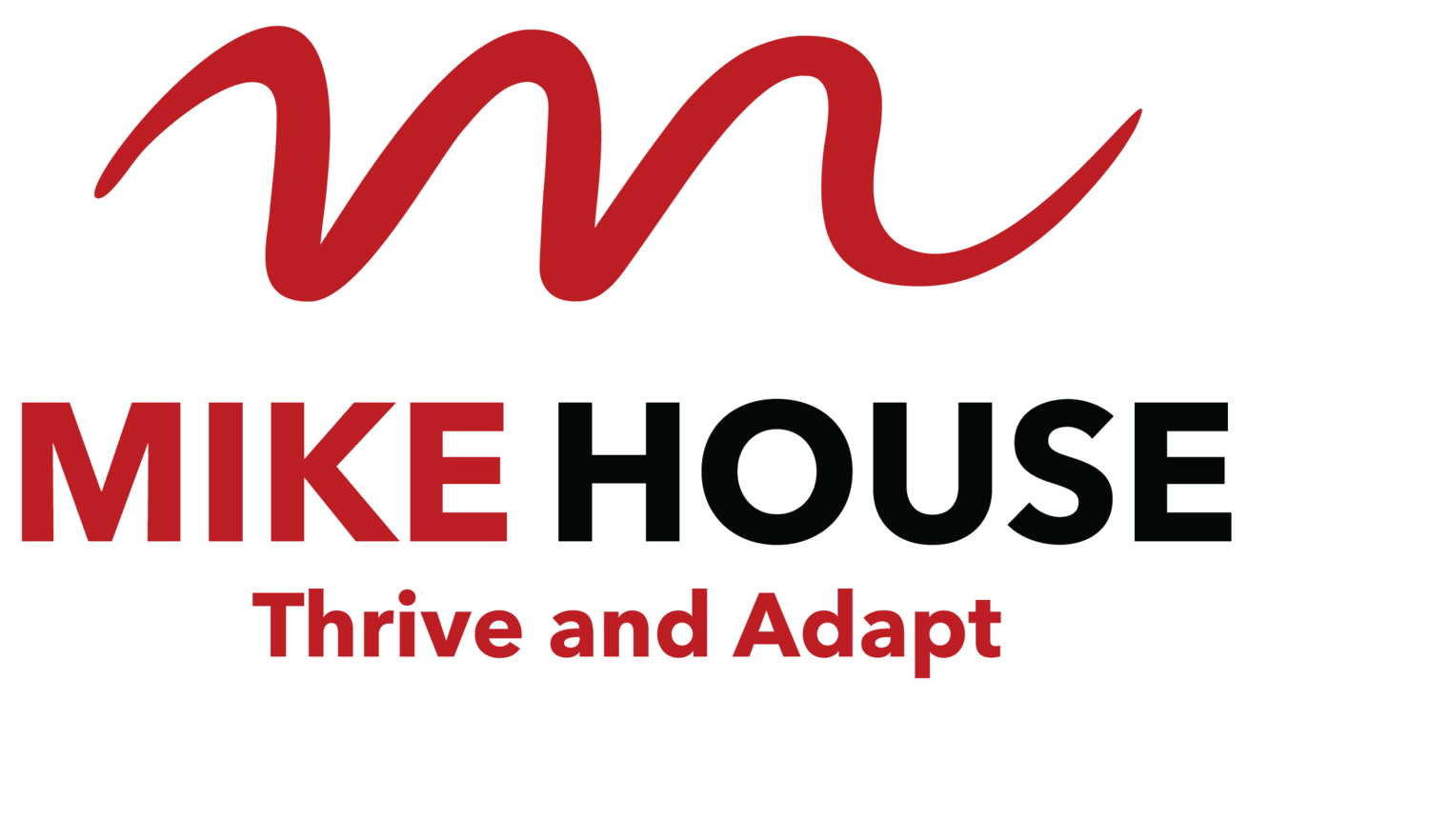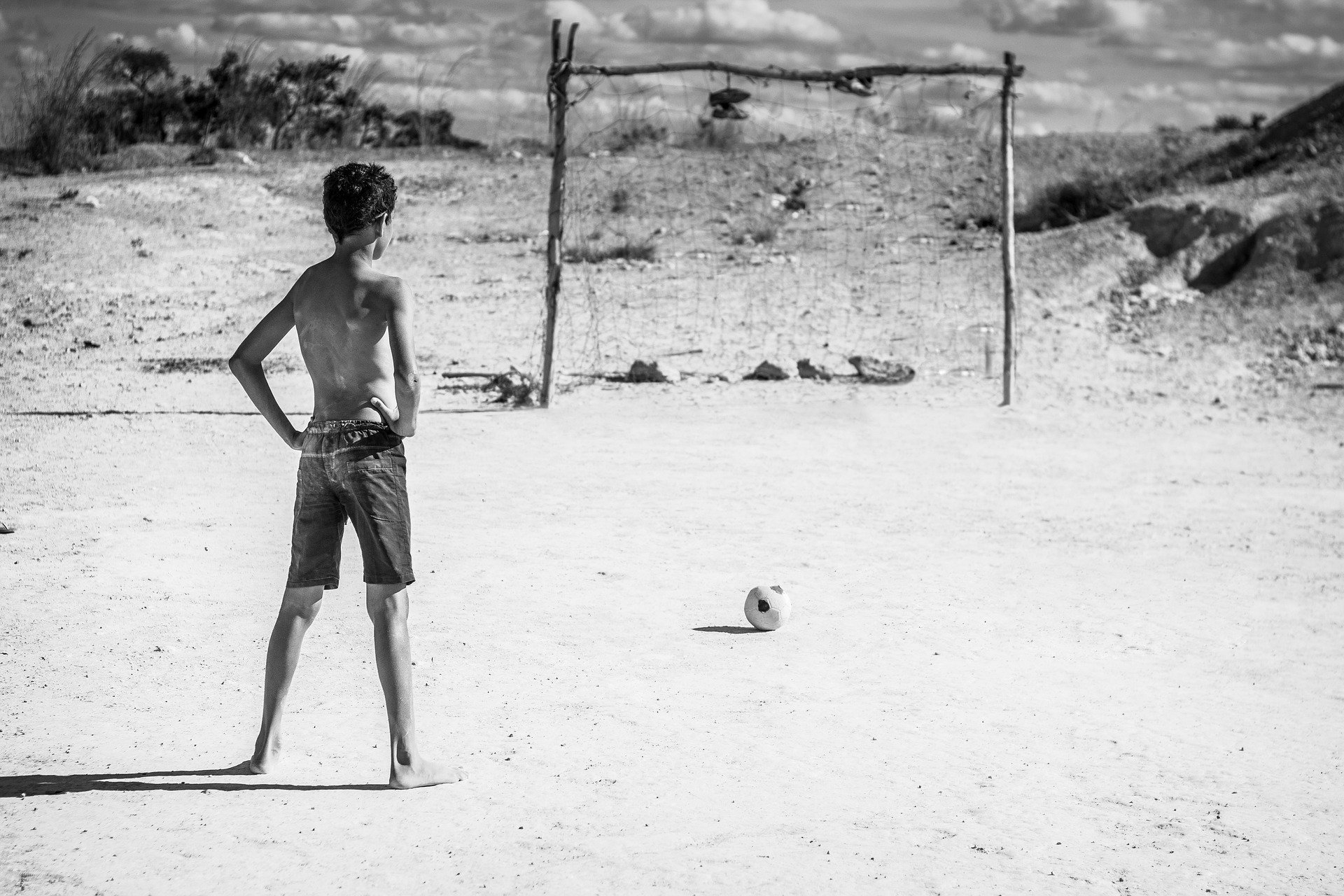Know Your Place
/One of our Perth footy teams has been copping a heap of flack lately. They have had a woeful season, plagued with injury and losses. As always, there’s a bunch of armchair coaches with plenty of views about what could or should be done to fix it.
One player has been copping more criticism than usual. It’s been based on how much contact he has with the ball (Nowhere near enough apparently). In a radio interview another player was discussing the issue. His view is the player is doing exactly what his job is on the team, and doing it well. Apparently the position has wildly variable ball stats because it’s oriented slightly behind the play to create opportunities and turnovers. Depending how the game unfolds this means either lots of contact, or none. He could easily rush into the play and increase his stats, but hanging back is precisely what he’s meant to do.
There are several lessons from this interview that relate to Psychological Safety and high performance in any team:
Clarity and willingness . The roles are clearly articulated and understood. People are willing to play their role for the team, even when there’s external pressure to do something different.
Support roles are crucial. There are roles that are specifically about support. The people in these roles are unlikely to be the central figure or superstar (many times they don’t want to be either). Their support is part of the recipe for success. The highly visible roles in any team are surrounded by people who make it possible for them to do their best work.
Support for support roles is crucial too. In a high performing team their essential contribution is recognised and celebrated in ways that make sense to the people in support, and the culture of the team. If those in support roles are not properly recognised, they either rush into action to improve their ‘stats’ or they become increasingly disengaged as their hard work goes unnoticed (or worse, others claim credit for it).
Without role clarity, none of this will happen well. What can you do today to increase clarity for the people in your team dedicated to support? How does recognition happen for them? Could that be improved?
If you’d like some tips and strategies for improving Psychological Safety in your team, feel free to be in touch.
Disclaimer - My knowledge of AFL is possibly the lowest of any human in Australia (at some point I’ll tell you about my own woful start and very short footy career). While my interpretation of the nuances of the game is way below the average armchair coach, the observations derived still stand.














